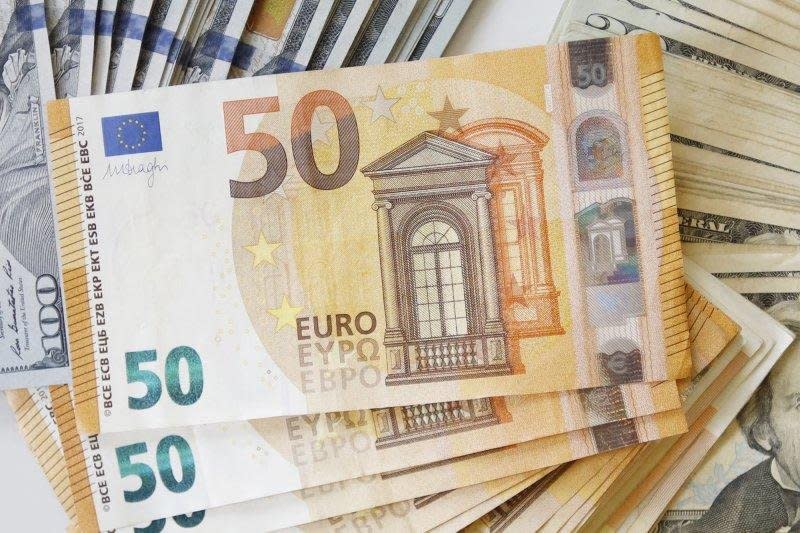40% windfall tax on Italian banks sends share prices into tailspin

- Oops!Something went wrong.Please try again later.
Aug. 8 (UPI) -- Investors dumped shares in Italian banks Tuesday after the government approved a shock 40% windfall tax on their unearned profits from soaring interest rates to help people with rising mortgage costs and fund tax cuts.
Shares in BPER Banca plunged more than 9%, Intesa Sanpaolo and Finecobank shed more than 8%, Banco BPM shares fell 7% and UniCredit was down 6% after the announcement, which follows a steady drip of criticism of lenders and the European Central Bank by the far-right, populist government.
"The ECB's rate hike has raised the cost of money for families and businesses. There wasn't, in turn, a diligent, rapid and important increase for consumers," said Deputy Prime Minister Matteo Salvini, adding that the proceeds would fund "tax cuts" and "help for first-time mortgage holders signed up in different times."
According to figures from the European Union's main statistical agency, Italy has one of the highest levels of home ownership in the 27-member-country bloc.
Total mortgage lending topped $464 billion in 2022, with the result that significant numbers of borrowers have been hit by nine consecutive rate hikes since the ECB began its current tightening cycle aimed at curbing inflation which remains at 5.3%, after peaking at 10.6% in October.
Salvini declined to say how much the one-off windfall tax would raise but said that based on the banks' first quarter profits it could run to "potentially many billions."
Citi analysts calculated the tax would be the equivalent of 19% of banks' net profits for the year, as much as $2.2 billion.
The measure targets "excess" net interest income in 2022 and 2023 derived from higher interest rates and applies to NII growth exceeding 3% in 2022 compared with 2021 levels, rising to 6% or higher year-on-year growth in 2023 compared with 2022.
Banks have six months from the financial year-end to pay up.

